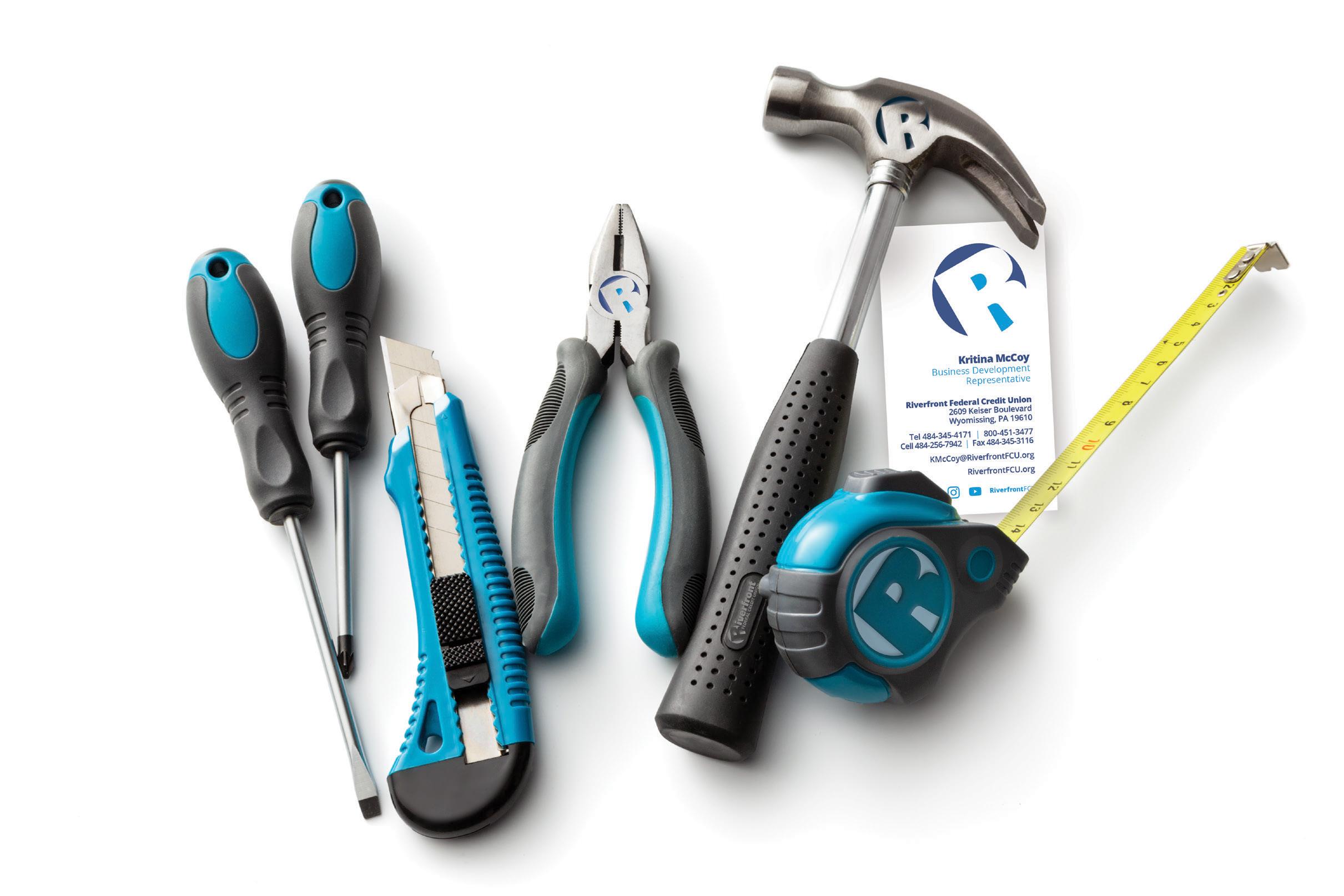
4 minute read
Retention Starts with Initial Impressions
By Chris Saylor & Olivia Saylor
Turnover is a pervasive problem for organizations, and separations at all tenure levels are increasing across companies and industries. Good employees are hard to find and difficult to keep once they are on board. Given this growing propensity for resignations, employee attrition ranks among executives’ leading concerns, and experts do not expect the situation to improve anytime soon. The experience new hires encounter in their early days with an organization can profoundly affect whether they stay committed and work there long-term or pursue another opportunity elsewhere. It can make a difference in how they see themselves fitting in and how satisfied they are with their employment choice. The good news is that employers can improve how new employees experience the job, the company and its management. Doing so will help make the organization a desirable workplace and make it harder to leave. To start employees on the right track and set them up for success and longevity, companies can enable them by:
1. Offering a pre-hire job preview; 2. Integrating and socializing new hires into the organization; 3. Delivering and communicating training and development opportunities; and 4. Deploying managerial influence and support measures.
Job Preview
Employers should offer a realistic job preview by ensuring that position descriptions portray actual job requirements. They can provide recruiters with video tours and photographs for insight into the work they are recruiting for and conduct applicant tours of the work area during onsite interviews. A realistic job preview communicates the positive and negative characteristics of the job during the hiring process. It helps ensure a fit between the individual applicant and the role and organization by giving prospective workers a glimpse of the work they will do if hired and the environment they will do it in. Having such an understanding before accepting the position allows the candidate to decide whether or not the job matches their interests, whether the environment is one they want to work in, and whether or not they will commit to doing it for the pay offered.
Individual and Organizational Fit
Organizations should use structured interview questions that assess an applicant’s fit with the company and job, including the company’s culture, mission and vision. Interviewers must provide candidates insight into the work, expectations, environment, overtime requirements, dress code, and reporting structures. Conducting interviews with questions structured to uncover whether applicant characteristics align with the organization’s mission and values and whether their qualifications, experience, ability, and interpersonal skills are congruent with those needed to do the work will help determine fit. Ensuring compatibility between an applicant, the job, and the organization can help reduce attrition. Applicants who fit better are less likely to leave.


Companies should appoint a tenured, high-potential employee to act as a “champion” and conduct first-week onboarding. They also should implement a peer-mentoring program to connect new hires with experienced, high-performing employees to create a personal connection with the new hire on their first day. These champions and mentors can welcome new hires, introduce them to others, check in during breaks, lunch, and throughout the workday, answer questions and get to know them. Introducing new hires to the organization’s culture helps them socialize. Socialization integrates new employees into the organization, making them feel a part of the team.
Training and Development
On a new hire’s first day, managers must impress upon them that they are part of the team and explain the initial and future training opportunities and how they will benefit the employee. The leaders must provide consistent onboarding and structured preliminary training during the new hire’s first 90 days. During this time, classroom and on-the-job work ought to help new employees learn and apply their knowledge. Workplace training programs help employees feel the company has invested in them. Training employees to develop new skills and abilities helps them become better, more productive workers. They will feel like they matter to the organization, which will enhance their morale and capabilities and make them more committed to the organization. More committed employees tend to stay rather than leave.
Managerial Influence and Support
Supervisors need to communicate with employees often, provide them with relevant information, and regularly recognize them for their contributions. Managers can improve job satisfaction through specific steps, including being self-aware, aware of others, understanding their impact on others, committing to the truth of things rather than opinions and having a clear vision. To support employees, supervisors must let them know they are valued and appreciated.
Doing the fundamentals the right way will positively affect turnover and retention, and unlocking early meaningful experiences will build effective teams and keep them intact. Today’s leaders must be flexible and adaptive in their thinking and responses and strive to develop others, build relationships, inspire and motivate their teams, communicate with employees, solve their problems and recognize everyone’s contributions. Organizations must create the right environment, supporting their leaders and building a unified culture, making sure all employees feel connected, engaged, satisfied, and committed to their team and the company. Retention starts with initial impressions, so every contact, should offer meaningful, inclusive experiences. Following this advice can help jumpstart retention efforts and keep them moving in the right direction.

Find Your Dream Home!











